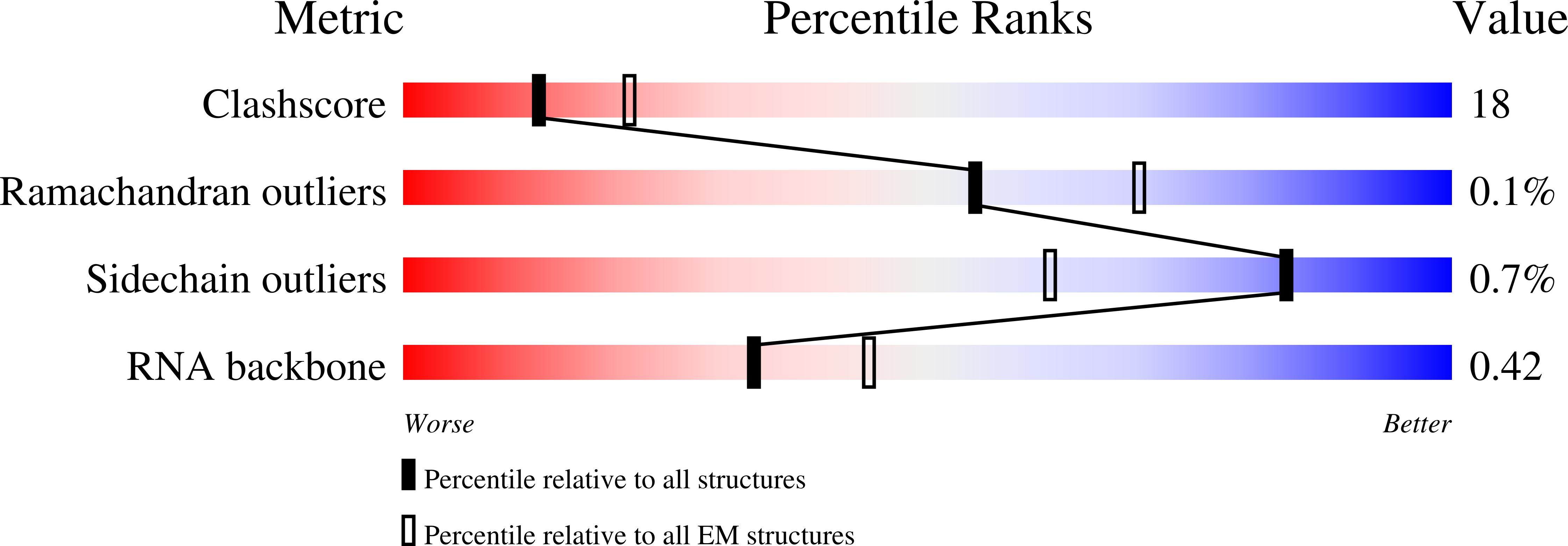
Deposition Date
2019-01-10
Release Date
2019-06-12
Last Version Date
2024-03-20
Entry Detail
PDB ID:
6NM9
Keywords:
Title:
CryoEM structure of the LbCas12a-crRNA-AcrVA4 dimer
Biological Source:
Source Organism:
Moraxella bovoculi (Taxon ID: 386891)
Lachnospiraceae bacterium ND2006 (Taxon ID: 1410628)
Lachnospiraceae bacterium ND2006 (Taxon ID: 1410628)
Host Organism:
Method Details:
Experimental Method:
Resolution:
3.38 Å
Aggregation State:
PARTICLE
Reconstruction Method:
SINGLE PARTICLE


